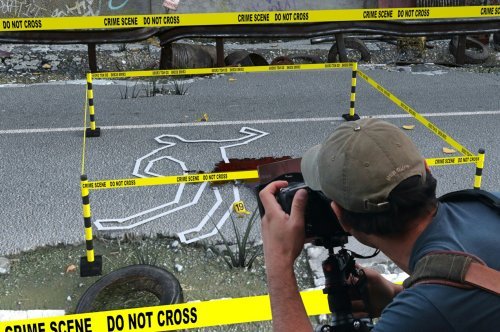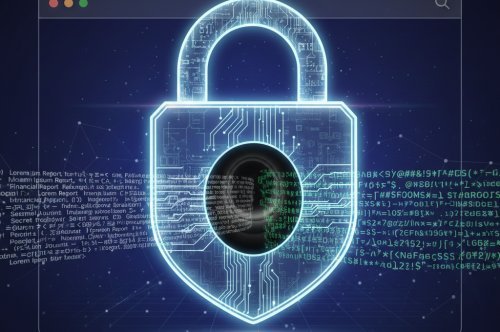Fake news, fact-checking, and bias: How to check for facts, bias, and fake news

In the age of social media and instant news, fake news has become a growing concern. Fake news is defined as fabricated stories or misinformation that are presented as facts. This type of news can be dangerous as it can cause harm to individuals, organizations, and societies at large. To combat fake news, fact-checking has become an essential tool. In this article, we will explore how to check for facts, bias, and fake news.
Fact-Checking
Fact-checking is the process of verifying the accuracy of claims made in news articles, social media posts, and other forms of media. There are several fact-checking websites that have been developed to help people verify information. Some of the most popular ones include FactCheck.org, Snopes.com, and PolitiFact.com. These websites are dedicated to researching and verifying claims made by politicians, news outlets, and social media users.
To fact-check an article, start by verifying the source of the information. Is it a reputable news organization or a blog with no clear source of information? Next, look for multiple sources to verify the information. If only one source is cited in the article, it may not be reliable. Finally, look for quotes and statistics to support the claims made in the article. If there are no quotes or statistics, the claims may be unfounded.
Bias
Bias is a tendency to favor one point of view over another. Bias can be present in news articles, social media posts, and other forms of media. It is essential to recognize bias to understand the perspective of the source. Bias can be political, cultural, or ideological. It can also be unintentional or intentional.
To identify bias, start by understanding the perspective of the source. Is it a conservative or liberal news outlet? Is the author known to have a certain bias? Next, look for loaded language. Loaded language is language that is designed to evoke an emotional response from the reader. Finally, look for omission of information. If important information is left out of an article, it may be an attempt to support a certain point of view.
Fake News
Fake news is becoming more prevalent in today's society. It is essential to recognize and avoid fake news to prevent spreading misinformation. Fake news can be difficult to identify because it is often designed to look like real news. It can also be spread quickly on social media, making it difficult to stop the spread of false information.
To identify fake news, start by verifying the source of the information. Is it a reputable news organization or a blog with no clear source of information? Next, look for sensational headlines. Sensational headlines are designed to grab the reader's attention and often exaggerate the facts. Finally, look for suspicious URLs. Fake news sites often have URLs that are similar to real news sites but with slight differences.
Conclusion
Fake news, bias, and misinformation are becoming more prevalent in today's society. To combat this, fact-checking has become an essential tool. It is essential to recognize bias and avoid spreading fake news. By verifying sources, looking for loaded language and sensational headlines, and being aware of suspicious URLs, we can better identify fake news and misinformation.













